Tag: rail
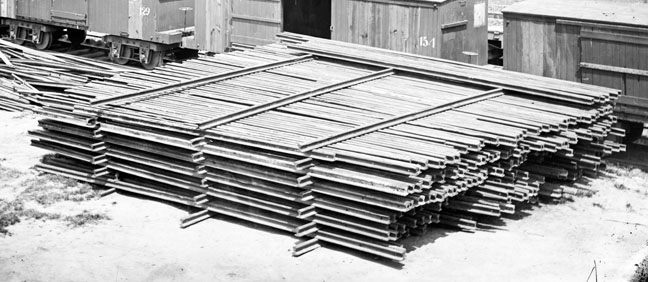 Wikipedia says: Unlike some other uses of iron and steel, railway rails are subject to very high stresses. It took many decades to improve the quality of the materials, including the change from iron to steel. The stronger the rails and the rest of the trackwork, the heavier and faster the trains the track can carry.
Wikipedia says: Unlike some other uses of iron and steel, railway rails are subject to very high stresses. It took many decades to improve the quality of the materials, including the change from iron to steel. The stronger the rails and the rest of the trackwork, the heavier and faster the trains the track can carry.
Other profiles of rail include: bullhead rail; grooved rail; “flat-bottomed rail” (Vignoles rail or flanged T-rail); bridge rail (inverted U–shaped used in baulk road); and Barlow rail (inverted V).
North American railroads until the mid- to late-20th century used rails 39 feet (12 m) long so they could be carried in gondola cars (open wagons), often 40 feet (12 m) long; as gondola sizes increased, so did rail lengths.
The earliest rails were made of wood, which wore out quickly. Hardwoods such as jarrah and karri were better than softwoods such as fir. Longitudinal sleepers such as Brunel’s baulk road are topped with iron or steel rails that are lighter than they might otherwise be because of the support of the sleepers.
Early North American railroads used iron on top of wooden rails as an economy measure but gave up this method of construction after the iron came loose, began to curl, and intruded into the floors of the coaches. The iron strap rail coming through the floors of the coaches came to be referred to as “snake heads” by early railroaders.
Showing 1–16 of 24 resultsSorted by latest
-
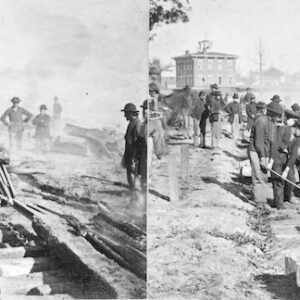
Image ID: AJEY
$4.99 -
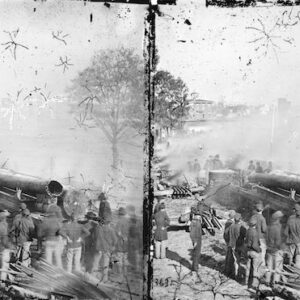
Image ID: AJEZ
$6.99 -
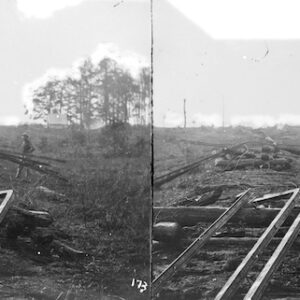
Image ID: AJCK
$5.99 – $6.99 This product has multiple variants. The options may be chosen on the product page -

Image ID: AJCC
$6.99 -
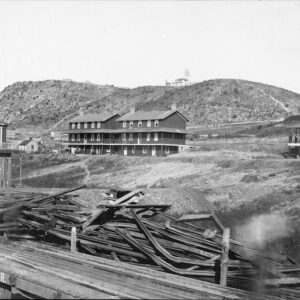
Image ID: AXDE
$5.99 -
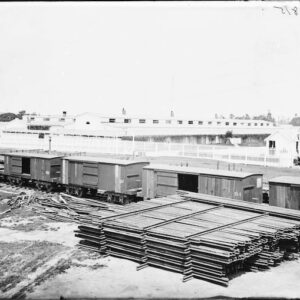
Image ID: AJHY
$6.99 -
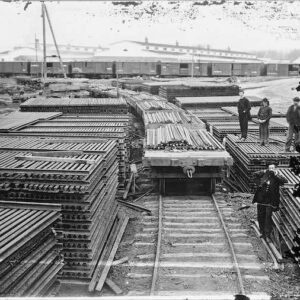
Image ID: AAIV
$4.99 This product has multiple variants. The options may be chosen on the product page -
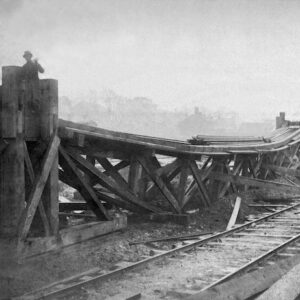
Image ID: AAAQ
$5.99 -
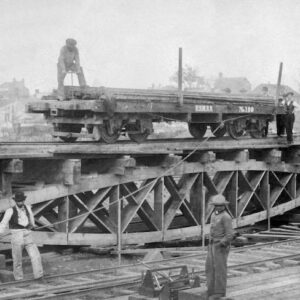
Image ID: AABB
$5.99 -
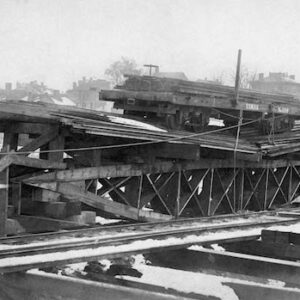
Image ID: AABC
$5.99 -
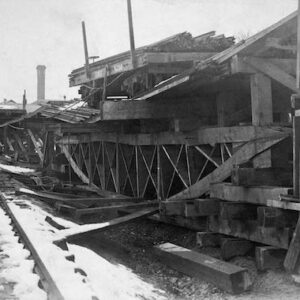
Image ID: AABD
$5.99 -
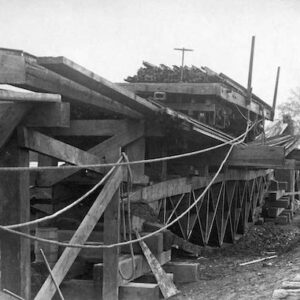
Image ID: AABE
$5.99 -
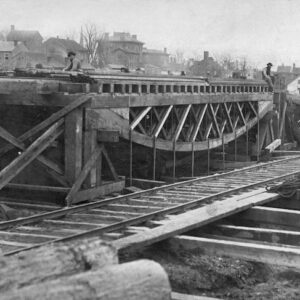
Image ID: AABN
$5.99 -
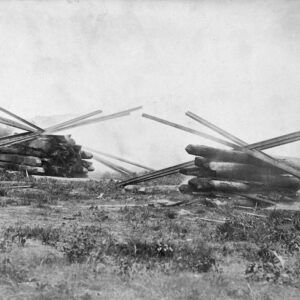
Image ID: AAED
$5.99 -
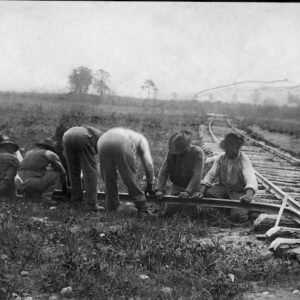
Image ID: AAEE
$5.99 -
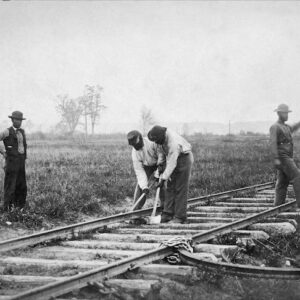
Image ID: AAEF
$5.99